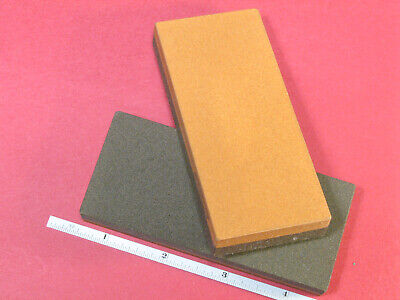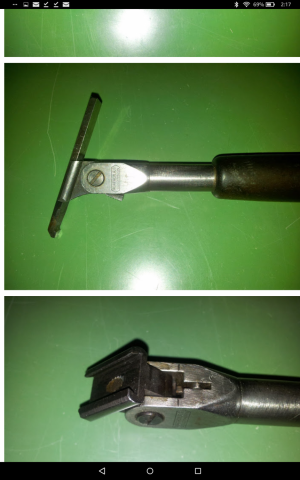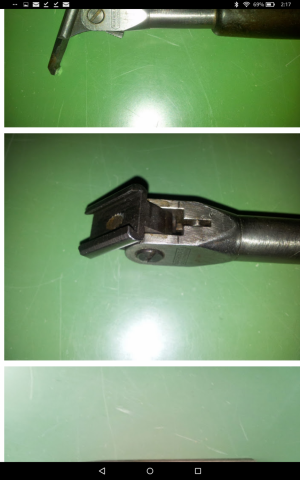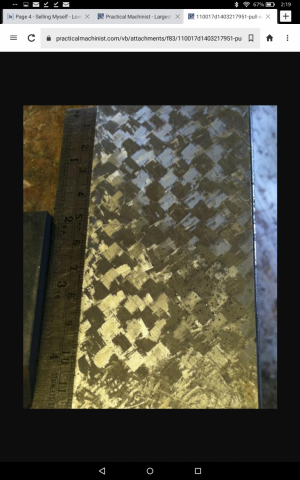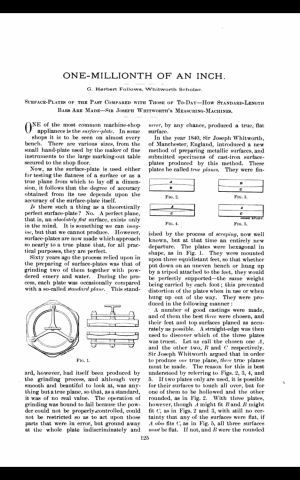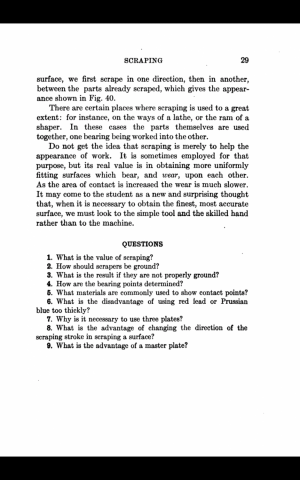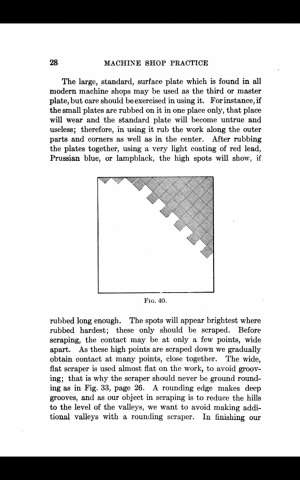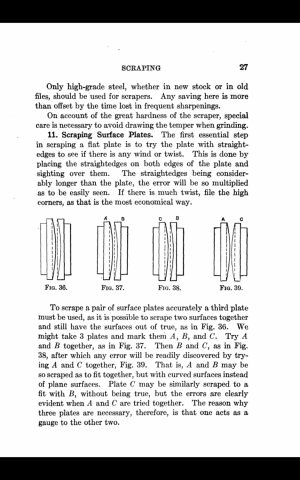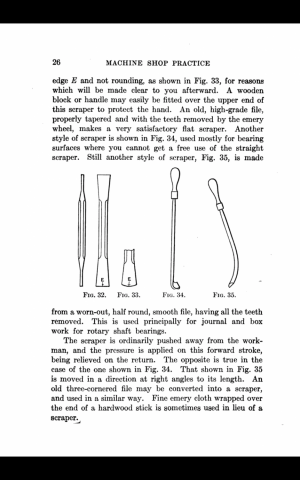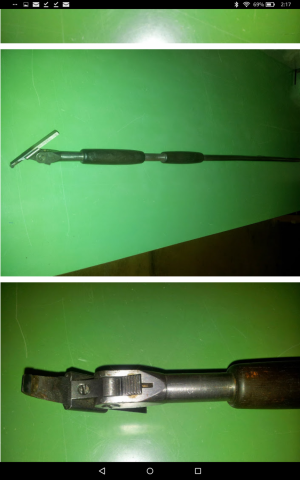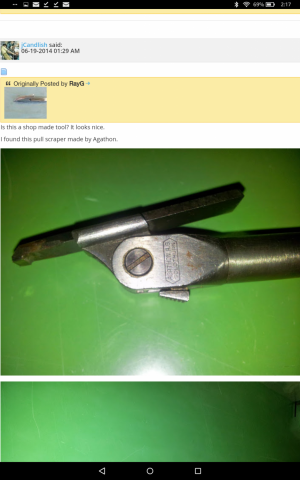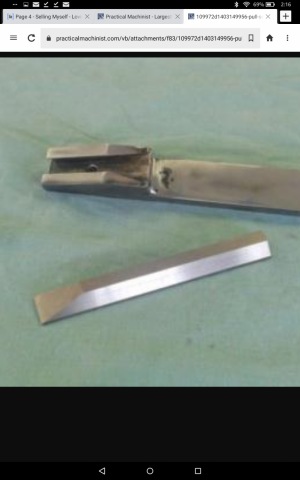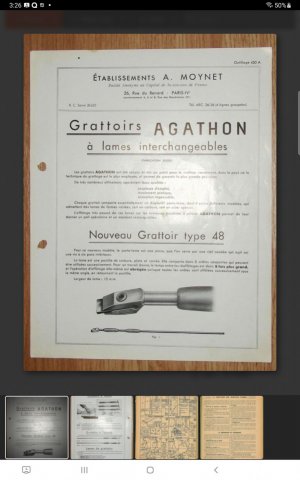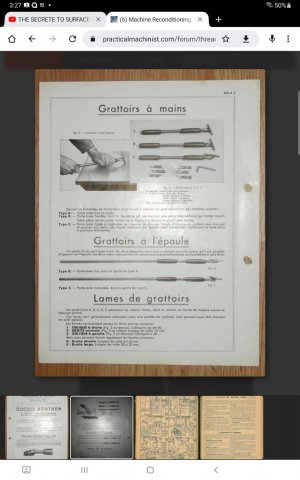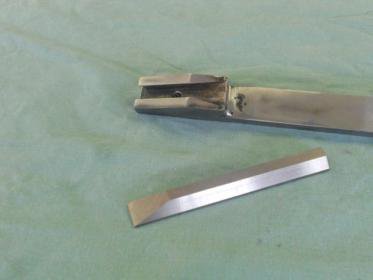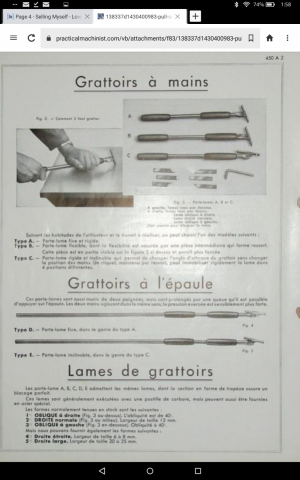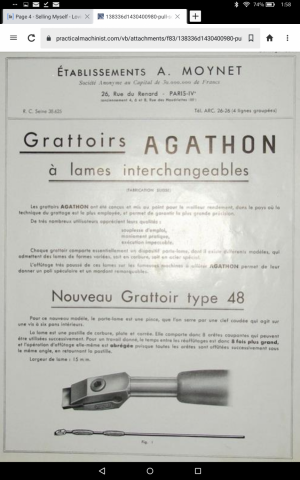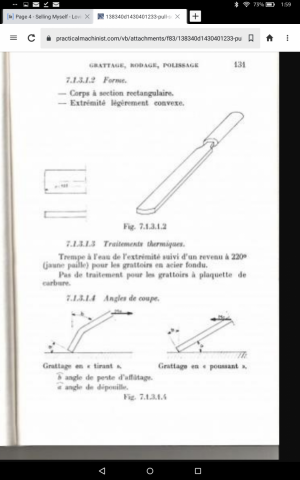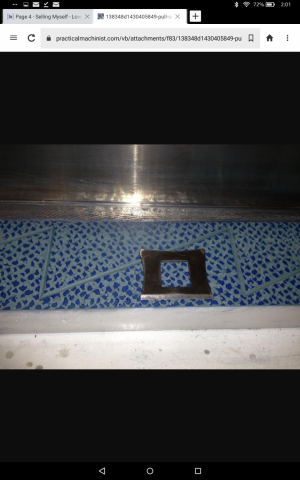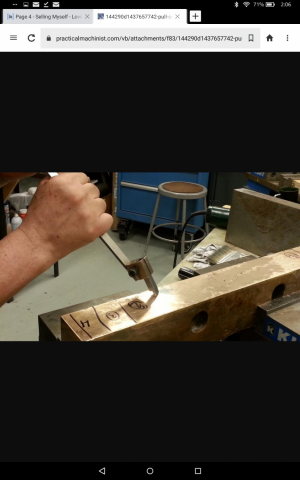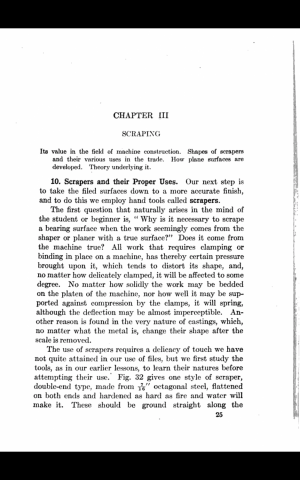- Joined
- Jun 29, 2014
- Messages
- 4,059
You will not easily get curled chips off cast iron, although I have seen it done by a professional with very heavy pressure, it will be more like dust you will see, if you are getting scratching, grind a small corner break on the corners of the insert, what are you using to sharpen the insert? scratching can be the result of a poor finish on the insert's cutting edges.by hinging, the meaning is that if you lay the scraped surface on the surface plate and push either end and if it "hinges" on the center and the other end moves, you know that it is high in the center and needs material scraped off the center area, not the ends, on the other hand, if it does not hinge in the center, but on wither end, the opposite is true, the part does not have to be inked up to do this.
This may be completely unnecessary to clarify on this forum, but I was once a newb and recall having some difficulty with the phrase “hinging”. It wasn’t until I saw somebody in a video, using the actual word, that I was able to make it click in my brain. For those struggling like I did early on, the hinging can be thought of as “pivoting”.
High spots create pivot (or hinge) points.
Now that I understand and have a fondness of the colloquial language used in earlier machining publications, I like using the word “hinge”.
Edit: I’m still a newb!
Sent from my iPhone using Tapatalk


